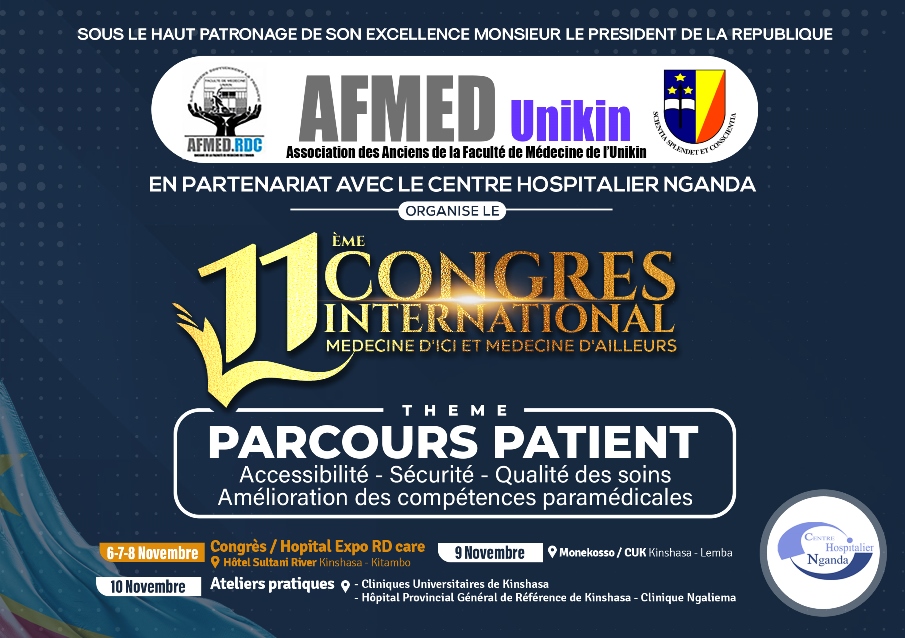Kennedy Makola Mbanzulu ,1 Josué Kikana Zanga,1 Jean Pierre Kambala Mukendi ,1,2 Felly Mbaya Ntita,1,2 Junior Rika Matangila,1 Hypolite Mavoko Muhindo,1
Sylvain Mpoyi Wa Mpoyi,3 Michel Ntetani Aloni ,4 and Roger Wumba1
1Department of Tropical Medicine, Infectious and Parasitic Diseases, Faculty of Medicine, University of Kinshasa, Kinshasa, Democratic Republic of the Congo
2Department of Parasitology, Institute of Tropical Medicine (NEKKEN), Nagasaki University, 1-12-4 Sakamoto, Nagasaki 852-8523, Japan
3National Program of Neglected Tropical Diseases, Public Health Ministry, Democratic Republic of the Congo
4Department of Pediatrics, Faculty of Medicine, University of Kinshasa, Kinshasa, Democratic Republic of the Congo
Copyright © 2018 Kennedy Makola Mbanzulu et al. This is an open access article distributed under the Creative Commons
Attribution License, which permits unrestricted use, distribution, and reproduction in any medium, provided the original work is
properly cited.
Background. Malaria and schistosomiasis remain life-threatening public health problems in sub-Saharan Africa. The infection pattern related to age indicates that preschool and school-age children are at the highest risk of malaria and schistosomiasis. Both parasitic infections, separately or combined,may have negative impacts on the haemoglobin concentration levels. The existing data revealed that artemisinin derivatives commonly used to cure malaria present also in antischistosomal activities. The current study investigated the impact of Artesunate-Amodiaquine (AS-AQ) on schistosomiasis when administered to treat malaria in rural area
of Lemfu, DRC. Methodology. A prospective longitudinal study including 171 coinfected children screened for anaemia, Schistosoma mansoni, and Plasmodium falciparum infections. The egg reduction rate and haemoglobin concentration were assessed four weeks after the treatment with AS-AQ, of all coinfected children of this series. Results. One hundred and twenty-five (74.4%) out of 168 coinfected children treated and present during the assessment were found stool negative for S. mansoni eggs. Out of 43 (25.6%) children who remained positives, 37 (22%) showed a partial reduction of eggs amount, and no reduction was noted in 3.6% of
coinfected. The mean of haemoglobin concentration and the prevalence of anaemia were, respectively, 10.74±1.5g/dl , 11.2±1.3g/dl, and 64.8%, 51.8%, respectively, before and after treatment, p<0.001. Conclusion.The AS-AQ commonly used against Plasmodium allowed curing S. mansoni in coinfected children and increasing the Hb level. For the future, the randomized and multicentric clinical trials are needed for a better understanding of the effectiveness of AS-AQ against Schistosoma spp. The trial registration
number was 3487183.
Hindawi
BioMed Research International
Volume 2018, Article ID 3487183, 7 pages
https://doi.org/10.1155/2018/3487183









